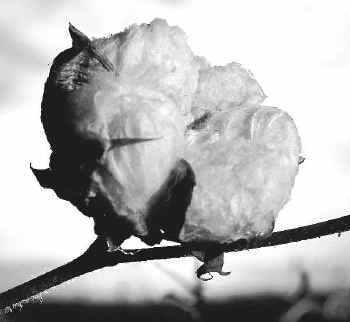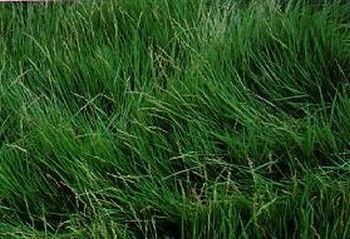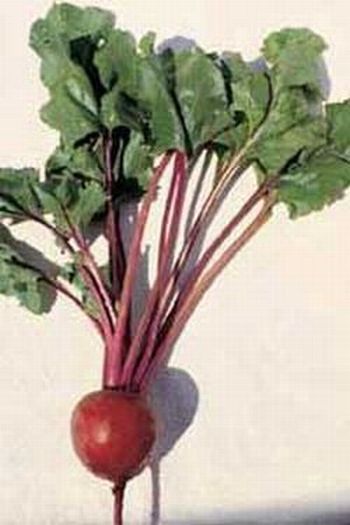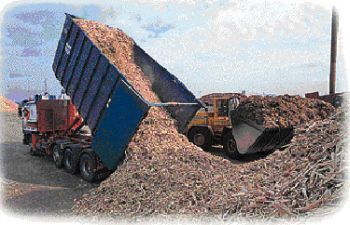With the soaring oil prices and crisis across the world and eventually leading to the boom of alternative energy production, amidst increasing concerns for global warming, more and more companies are shifting their business to producing bio-fuel. By now, can you imagine how varied and wide sources of bio-fuel have been tapped? Here is a list of such amazing sources abundantly available around us…. We never knew!!
1. Orange Wastes!

The leftovers of oranges, after their juice is extracted are generally dumped just to be headed for the landfill jus to rot polluting the environment. USDA researchers have found a new use for these leftovers – extracting ethanol to fuel vehicles as an alternative to fossil fuel, – the generator of greenhouse gases claimed to increase global warming.
2. Digester Gas from Landfills!

Gasoline may go obsolete as an engine fuel! This is what a small company in north central Iowa hopes. The Hydrogen Engine Center Inc. has built a clean six-cylinder engine, which amazingly can run on a number of fossil-n-bio-fuels – like hydrogen, ethanol, natural gas or propane and even on digester gas from landfills!
3. Raw Cotton!

A system has been developed by Maywa Co. that produces gas using raw cotton as a fuel! Thus, raw cotton can be used as a source of gas-fuel.
4. Micro-algae!

South Australia’s Research and Development Institute plans to extract alternative fuel from micro-alga — a viable source of bio-diesel! They not only contain lots of oil but can also grow year-round.
5. Spiny Mesquite Trees!

The small spiny mesquite trees or shrubs found densely in Texas are not only plants for bees and forage for cattle! It is also claimed to be capable of providing bio-fuel to about 400 small ethanol plants.
6. Beet and Cane!

The lawmakers from sugar-producing U.S. states are hoping that growers of beet and sugarcane will soon shift on producing renewable fuel, as the production of bio-fuels from beet and sugarcane is cheaper and found in abundance.
7. Switch Grass!

The ‘switch grass’ along with other energy crops grown in the U.S. can produce over 100 billion gallons of ethanol per year! After producing food and animal feed, and meeting export demands.
8. More efficient Genetically Modified Baker’s Yeast

The Delft University of Technology researchers have genetically modified the baker’s yeast by inserting a gene (derived from a fungus that is found in elephant faeces) into it. This allows conversion of an important sugar type – xylose into ethanol. This makes the bio-ethanol production from leftover material supplies possible and that too efficiently.
9. Farm Products Using Micro-technology

The Oregon State University faculty, along with their graduate and undergraduate students has made an earth-friendly bio-fuel from various farm wastes using micro-technology. They have done this along with Oregon Nanoscience and Microtechnologies Institute researchers.
10. Used Cooking Oil!

The Yale University has been running an environment-friendly shuttle bus for the past month or so. What has deserved both the bus and the University a headline is that the bus is powered 100% by cooking oil! Yes, the edible oil, and that too, which is recycled from university dining halls!
11. Solid Biomass and Wastes

Roger Ruan, co-director of Minnesota University’s Center for BioRefining transforms solid biomass and wastes into burnable gas – i.e. synthesis gas, liquid bio-crude and solid residue.
This list of bio-fuel sources is to continued….




